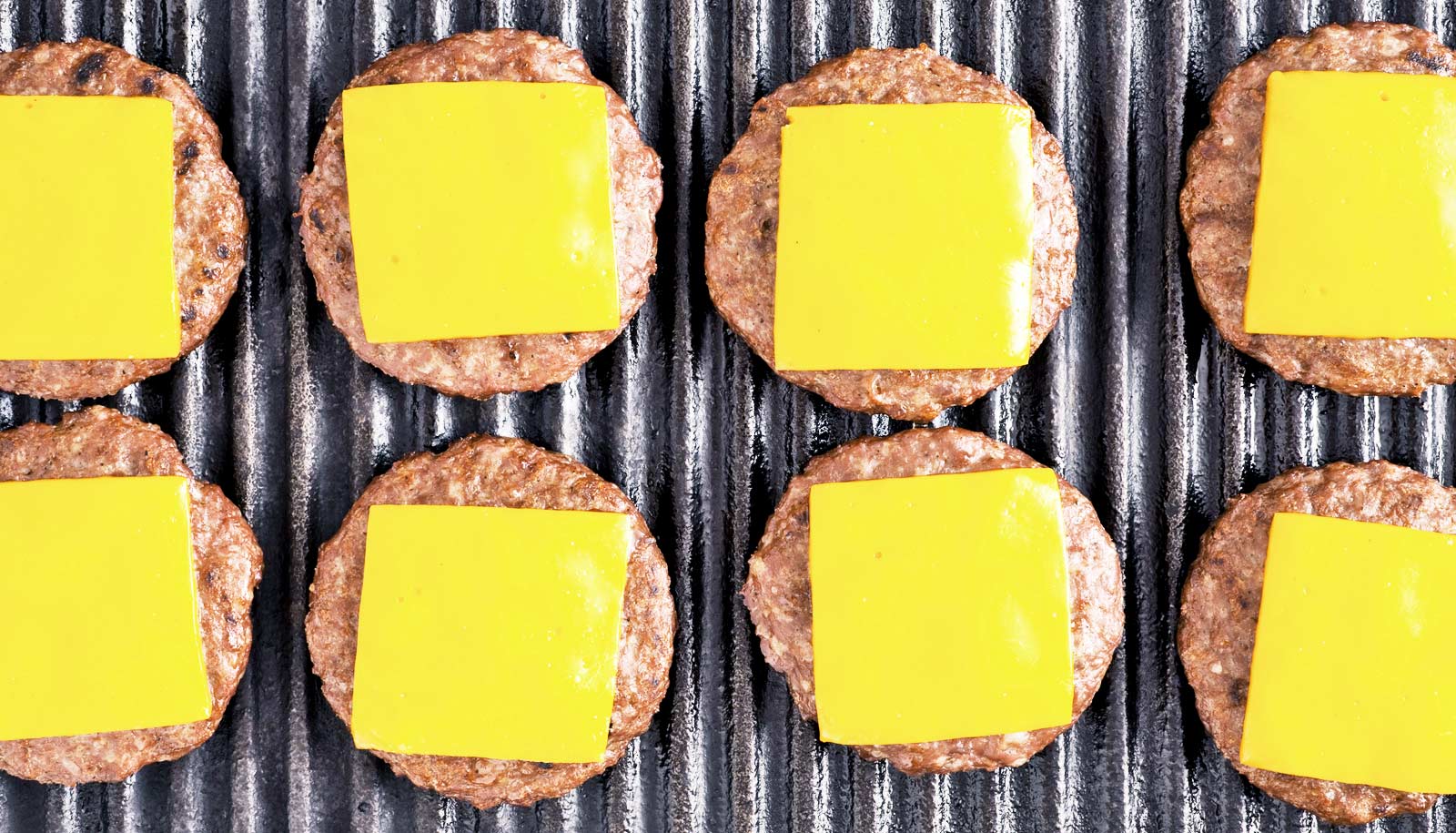Research finds that fast food meals have gotten bigger—and packed on more calories and salt over the years.
The paper, which appears in the Journal of the Academy of Nutrition and Dietetics, reports that fast food now makes up 11 percent of adult energy intake in the United States.
Researchers looked at menu items from 10 different fast food restaurants, including crowd favorites like McDonald’s, Dairy Queen, and KFC. Using three specific years (1986, 1991, and 2016) as snapshots, they calculated how portion size, energy content, and nutrient profiles have changed over the three decades.
To do so, they first had to collect, categorize, and analyze 1,787 menu items, information they gathered from the restaurants’ websites or from analog copies of The Fast Food Guide.
Once they had standardized their data, which had to account for the fact that not all item names or energy descriptions were consistent across restaurants and time periods, they grouped the items into three categories: entrées, sides, and desserts.
Between 1986 and 2016, researchers calculated that the number of items offered on restaurant menus grew a staggering 226 percent, an average of 22.9 items per year. Along with the menu expansions, portion sizes and calories increased as well.
Too much salt
Desserts grew in size by an average of 62 calories per decade—just under 200 calories over the 30-year span. Meanwhile, entrées gained an average of 30 calories per decade, nearly 100 calories overall. Sides did not increase by much in terms of calories, but like entrées and desserts, became noticeably saltier.
Fast food’s sodium content—too much of which can increase blood pressure and risk of heart disease—has consistently grown higher over the years.
Based on a 2,000-calorie-per-day diet, fast food has steadily increased in the percentage of recommended daily values of sodium, creeping up 4.6 percent for entrées, 3.9 percent for sides, and 1.2 percent for desserts on average each decade.
More calcium, too
Calcium and iron, which can increase bone density and reduce anemia, have also increased in fast food items over time, primarily in desserts. On average per decade, the daily value of calcium increased 3.9 percent in desserts and the daily value of iron increased 1.4 percent. But, don’t look at that news as a green light to splurge on more fast food, researchers say.
“Although these increases seem desirable, people should not be consuming fast food to get more calcium and iron in their diet because of the high calories and sodium that come along with it,” says lead author Megan McCrory, research associate professor at Boston University’s College of Health & Rehabilitation Sciences: Sargent College.
According to the National Center for Health Statistics, 36.6 percent of US adults consume fast food on any given day, and it’s time they have healthier paths to choose from when eating at those restaurants, McCrory says.
“It doesn’t seem like fast food is going away anytime soon. I think we need more research into what kinds of solutions are going to help people make better choices at fast food restaurants” and to find “alternatives to eating fast food in the first place.”
Researchers from Tufts University also contributed to the study.
Source: Sarah Wells for Boston University



